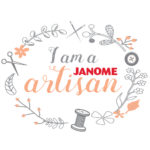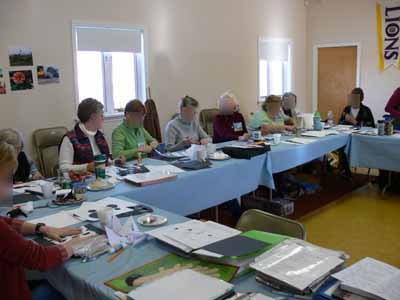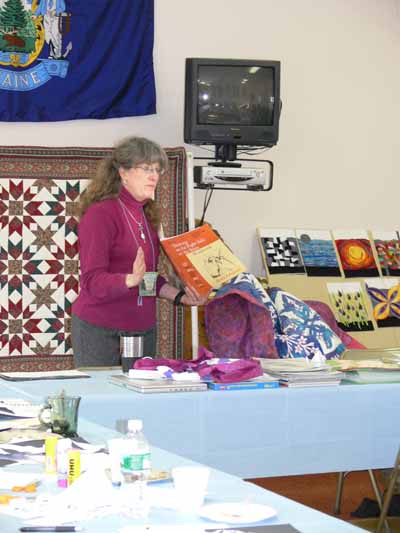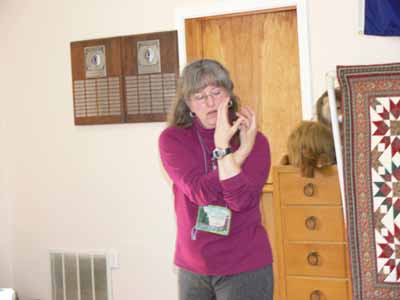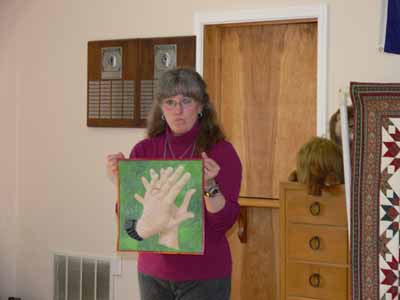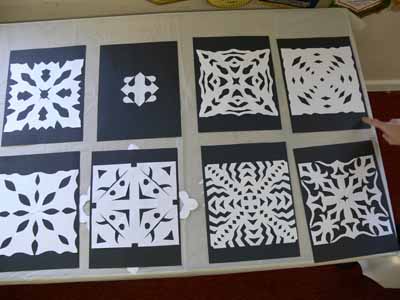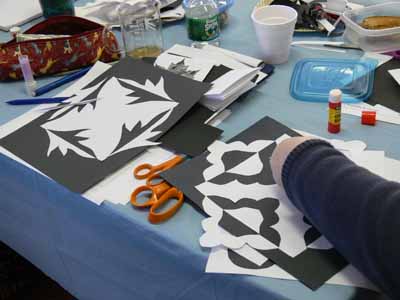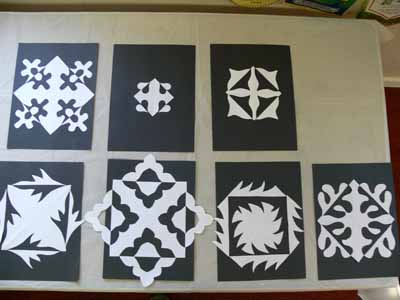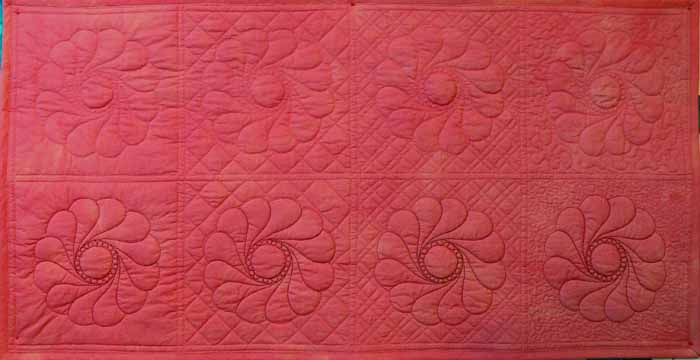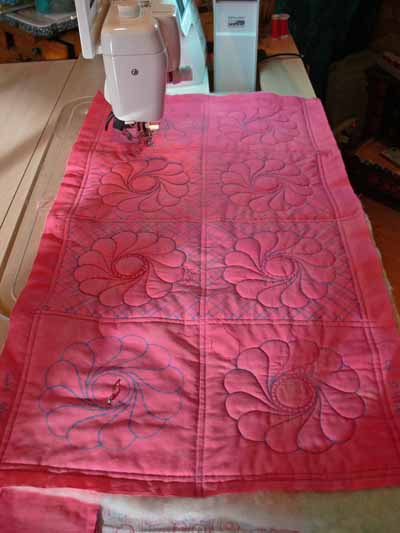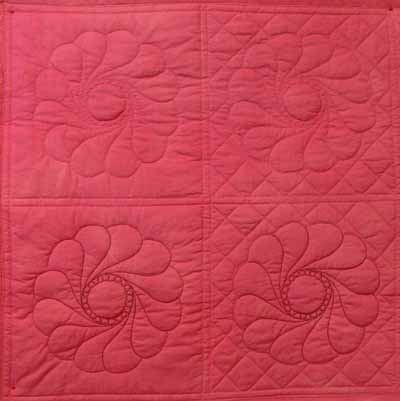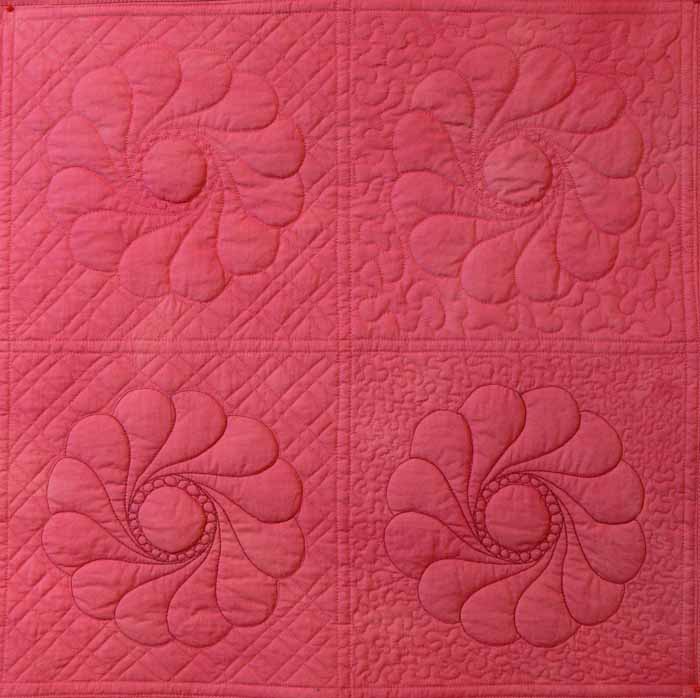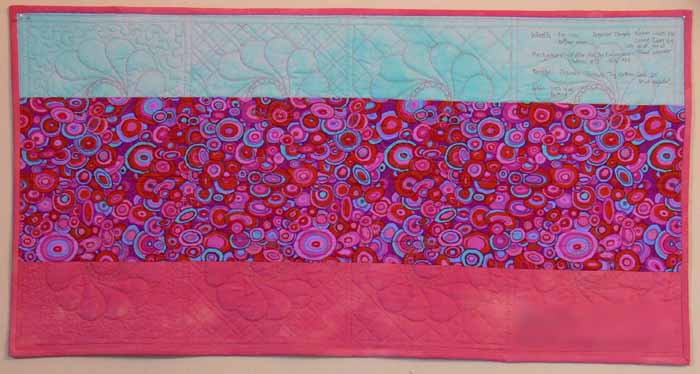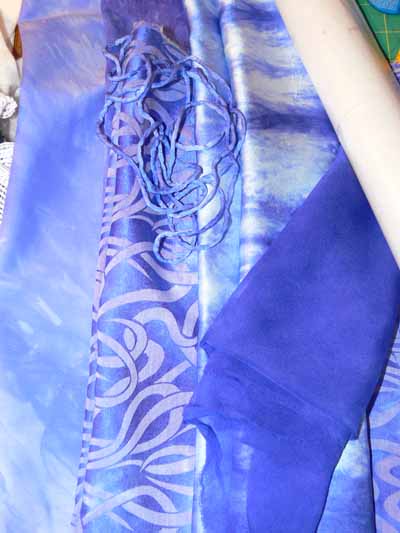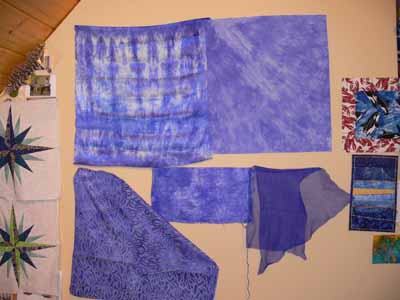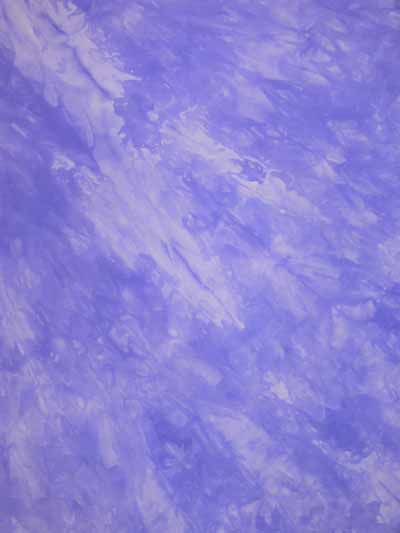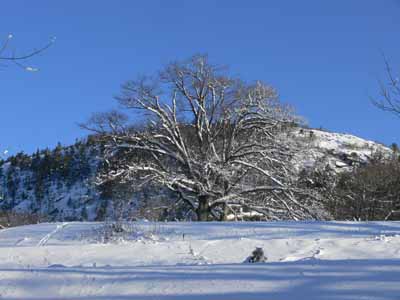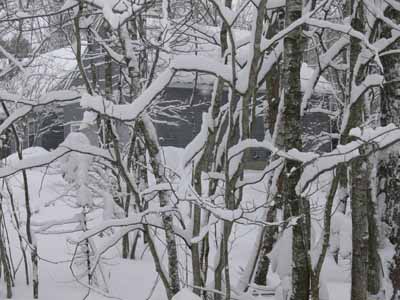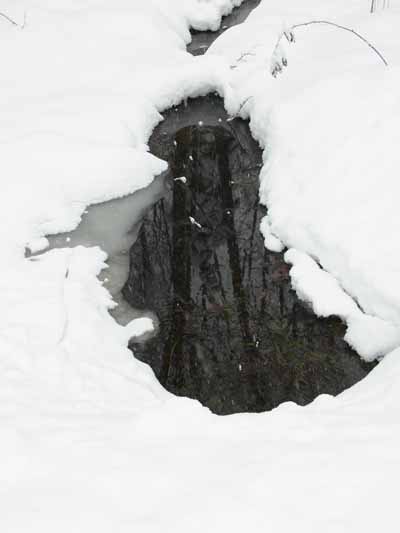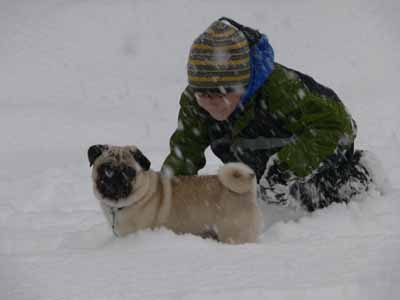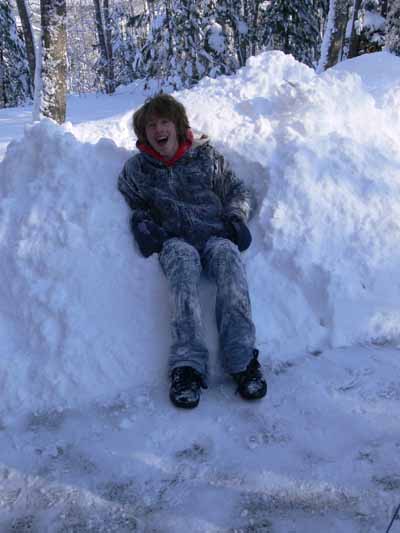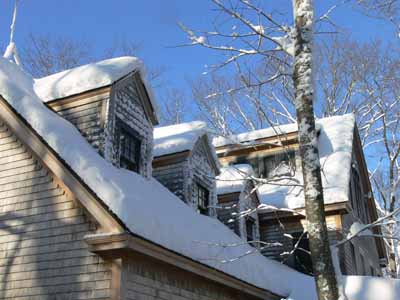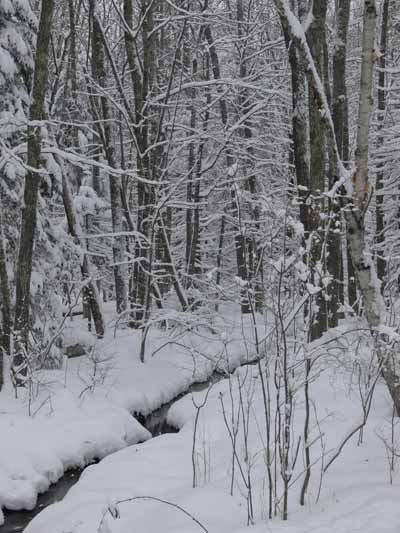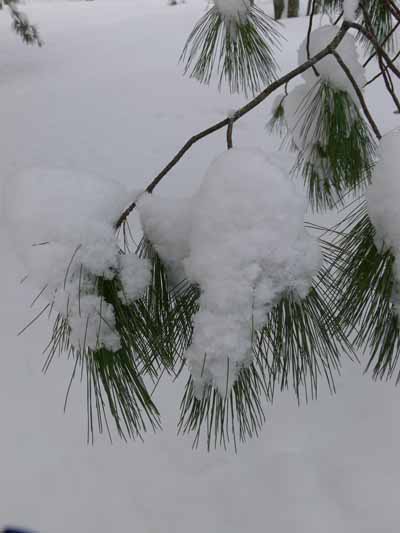Sarah’s Teaching Schedule for the coming year
January 18th, 2008Well folks, it’s that time again… time to share my teaching schedule for art quilting, applique and machine quilting classes! I’m thrilled to be able to travel more this year, and have longer teaching opportunities, including a four-day workshop—wheee!– in West Virginia in August!
Also, I feel awkward mentioning this, but will do it anyway: I would like to apply to teach for International Quilt Festival (Houston, Chicago and Long Beach). To do so, I need letters of recommendation from students and shop owners. If you would be willing to write a “to whom it may concern” letter and send to me to use, I would be most appreciative. Just let me know and I’ll send you my snail mail address. Thanks (she typed, blushing and squirming). Here goes:
2008
January 19 (tomorrow!), Intro to Machine Quilting at Quilt Divas in Rockland, Maine
January 26 (next Saturday), Intro to Machine Quilting at Maine-ly Sewing in Nobleboro, Maine
February 28 (a Thursday), Hawaiian Applique by Machine, Sarah Johnson Quilts in Belfast, Maine
April 23-26 (Wednesday to Saturday), the HUGE AQS Show in Paducah, Kentucky!!! I’ll be teaching: two machine quilting classes (one all day, one three-hour), a couple machine applique, intro drawing (and seeing!) for quilters — the ABC class I recently tested and blogged about, plus doing the All Star Review (demo-ing a technique) on Saturday afternoon… I’m hoping I haven’t lost my voice by then!
May 23-25, Salon 2008, Montreal, Quebec, Canada! I had to apply for a passport!!!! I’ll be teaching Machine Applique and Fabric Postcards; click here for class info; I’ll be teaching in English, but speak some very rusty French so may be able to help in French and “quilters sign language!”
August 7-9, Images Quilt Festival, Lowell, Massachusetts. I’ll be teaching Intro Machine Quilting, Decorative Stitch Applique and Hawaiian Applique by Machine. The class schedule is here.
August 17-22, Cedar Lakes Craft Center, Ripley, West Virginia. This will be my first time teaching a four-day workshop, and I’m so excited at the chance to work with students and really get deep into the subject! The workshop is titled: “The quilt top is done, now what?” It will be a compilation of my design and machine quilting classes. We’ll start with the “If you can write your ABC’s, you can draw,” move to designing your quilting designs (for hand or machine quilting) and how to draft and mark those designs, then machine quilting. I’ll be skipping the lecture portion of the day-long machine quilting class since the students here tend to be more experienced quilters and we’ll concentrate on fun nearly-no-mark quilting designs and using decorative threads. The 2007 catalog is here, and soon the 2008 catalog will be available (at the same web address I think).
November 15, Coastal Quilters Fiber Holiday Bazaar, Camden, Maine. I’ll have more info on location, etc., closer to the date, but I’ll be selling some small pieces of my work, patterns, and probably the Lark Books “Quilting with Beads” which features 8 designs by the Frayed Edges!
November 19th (Wednesday, TENTATIVE), BeadDesigners International, near Boston. I’ll be doing a lecture and possibly a workshop (the latter may be in spring 2009) about beading on fabric, my inspiration sources and trunk show.
2009!
March 18-19 (Wednesday and Thursday), 2009: Farmington Valley Quilters Guild, Connecticut! More details as we get closer. There will be a lecture on Wednesday and workshop Thursday. If you live somewhere within a few hours of here and would like me to teach before or after, let me know!
